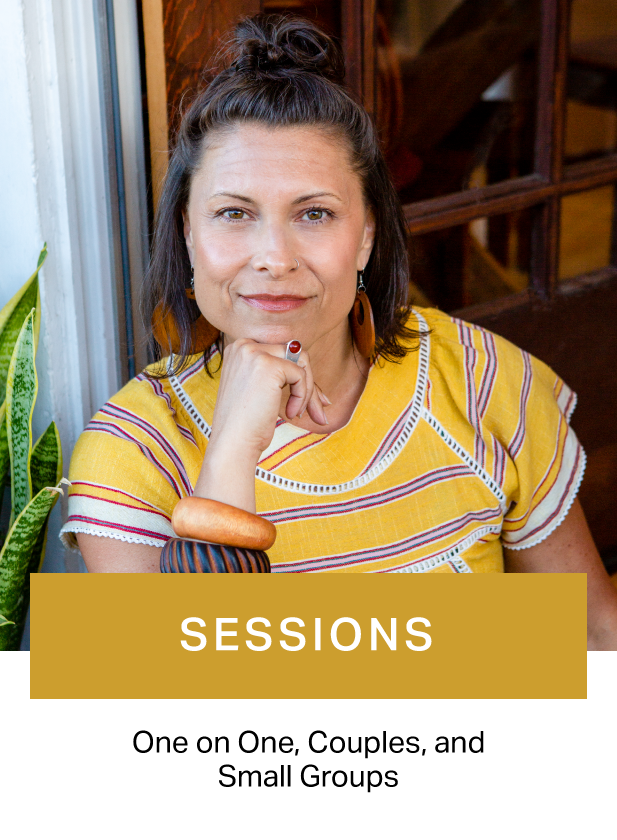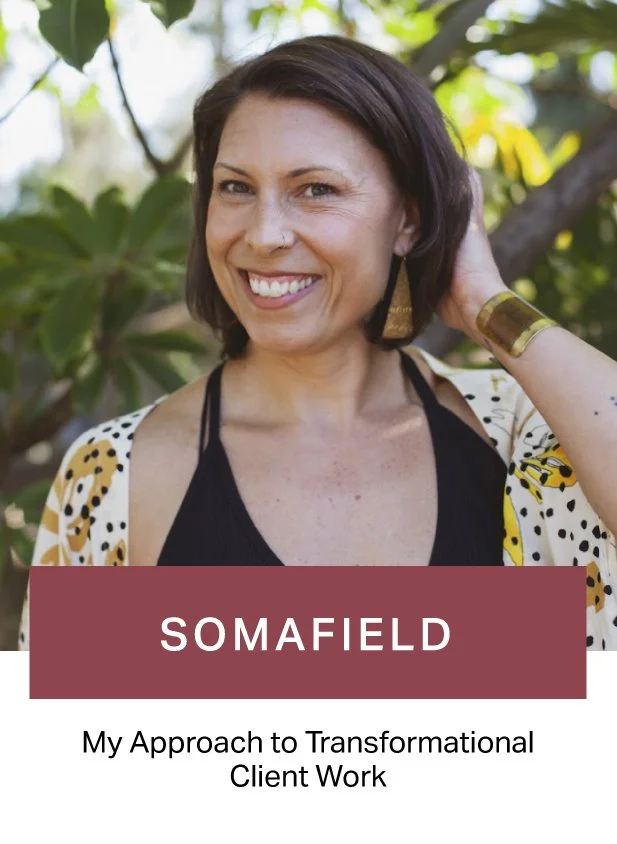Client Centered: A Posture of Respect, Not Passivity
Let’s talk about being client centered. This is the first core principle of The SomaField Approach to Transformational Client Work.
It’s one of those phrases that can sound simple, even obvious—of course we’re here for the client. Of course we care. Of course we listen.
But client centeredness is more than listening, and it’s certainly not about agreeing with everything the client says. It’s a stance. A way of being with people that honors their autonomy, their timing, their brilliance—even in their confusion or struggle.
At its core, being client centered means this: the client is the expert on their own life. Our job isn’t to lead them down the path we think is best—it’s to walk beside them, offering support, perspective, and skillful guidance, while always respecting their pace, their meaning-making, and their readiness.
This isn’t about passivity. It’s not about letting the client flail around while we sit back in silence. It’s about being deeply attuned—so attuned that we know when to lean in, when to step back, when to ask, when to wait. It’s collaborative. Responsive. Relational.
Being client centered means asking:
Whose agenda is driving this moment—mine or theirs?
Am I trying to fix, or am I helping them find their own way?
Can I trust their process enough to hold space, even when it’s messy or slow?
A Practice to Try
Next time you’re in session, see if you can notice the subtle places where your own agenda starts to lead. Maybe you want them to "get it," to feel better, to make a change. That’s normal—it means you care.
But what happens if you pause and check in:
What does the client seem ready for right now?
What do they already know, in their own way?
What might shift if I trust their inner wisdom a little more?
Client centeredness lives in these micro-moments. It’s an art of listening, not just to words—but to readiness, to longing, to resistance, to what’s not yet spoken. And there’s a power in naming what you sense and even asking the client these questions directly too.
Keep listening. The client is telling you how to help them—moment by moment.
If this helped you, it might help someone else too, so please share it with whoever comes to mind.




